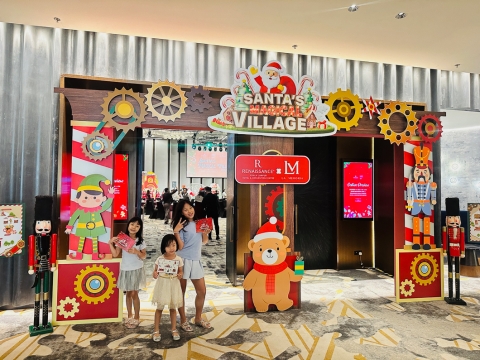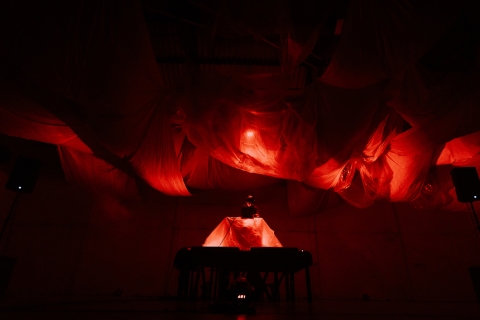Mindfulness develops the whole brain and helps children to understand their emotions and feelings, reducing their risk of mental health issues such as anxiety and depression. Practicing mindfulness can help your child learn to focus, manage stress, regulate emotions, and develop a positive outlook.
For the past two years, the Australian International School Malaysia has been practising mindfulness in the classroom with their learners and here’s how they teach them the skill.
- Wellbeing Activities
A child’s weekly routine should have activities centred on wellbeing such as mindfulness exercises, breathing exercises, yoga or simply showing gratitude for the things around them.
Children can be taught the importance of ‘checking in with their peers’ to ensure they are balanced and comfortable at anytime. This encourages them to look inside of themselves and to handle their emotions in a safe and healthy manner.
For example, having a gratitude jar at home for your child to drop in what they are grateful for everyday is a good reminder for them to see how the glass is indeed half full rather than half empty. It provides a shift in mindset much needed to help boost morale and self-confidence.
2. ‘What Went Well’ sessions for younger kids
In school or at home, a time can be set aside for children to air concerns, talk through issues and consider the happiness of themselves and others, as well as personal health and development matters, in a safe environment. They will learn the skills of collaboration: listening, pausing, questioning, and presuming positive intentions.

These sessions give children an opportunity to reflect on the positives from their week and discuss it with their families.
3. Mindfulness
A daily quiet time is where children are encouraged to consider their breathing, ‘temperature’ (emotions) and thinking patterns. Older children may keep mindfulness diaries to help them monitor and track their emotions and objectively see the influences on their choices (perhaps diet, moments of conflict or stress). This provides each child with a “toolkit” that allows them to focus their minds on the present in order to most effectively deal with the various challenges and lessons they experience each day at home or in school.
These sessions give children an opportunity to reflect on the positives from their week and discuss it with their families.

There are many apps available to help introduce mindfulness exercises. For example, at the Australian International School Malaysia, we use the app called The Smiling Mind which originates from Australia and is free for download. Try it!
4. Goal Setting
It is important for young people to learn how to set learning goals which will in turn encourage them on their learning journey. At home, you can help your child set, which contribute towards their academic or social development.

Make sure the goal is specific, measurable, and trackable. For example, goals like, “I’ll be a better friend” or “I’ll pay more attention in class this year,” are difficult to track and it is very difficult to judge if they have been achieved. Goals such as “I’ll take daily notes in each class this year and review them each week”, or “I’ll accurately recall my 6 time tables in under 15 seconds” allows your child to recognise her progress towards a goal, so it’s best to be sure it’s something specific and measurable.
5. Positive Behaviour Management
Instead of deciding on a reward system for your children, let them be a part of the process. It’s fun and increases responsibility and incentives to work towards individual and team goals.
Choose one behavior to work on at a time and establish a simple goal to start. Behaviours that can work well with a sticker chart include things such as using the toilet and staying in his own bed at night, or even doing household chores.
Written by Ms Leigh Janet, Certified Mindfulness Teacher and Deputy Head of Junior School, Australian International School Malaysia.

Australian International School Malaysia, established for almost 20 years is the most experienced Australian curriculum provider in Malaysia. AISM employs predominantly Australian trained teachers and caters for children from age 3 (Pre-school) to age 18 (Pre-University). Located in a secure gated community in Seri Kembangan, AISM overlooks the picturesque South Lake of The Mines Resort City, a short drive from Kuala Lumpur City Centre. The School is the first Certified Visible Learning School in the world and has always emphasised on the wellbeing of students. For the past 2 years the schools has organised a Wellbeing Week with different wellbeing activities for students and recently has started embedding more of these activities into the classroom schedules on a regular basis. The school also invests in training its teachers in this area and today has six certified Mindfulness teachers.
For more information about the school, contact the Admissions Department at 03-8949 5000 or email admissions@aism.edu.my .
This post is sponsored by the Australian International School Malaysia.



















